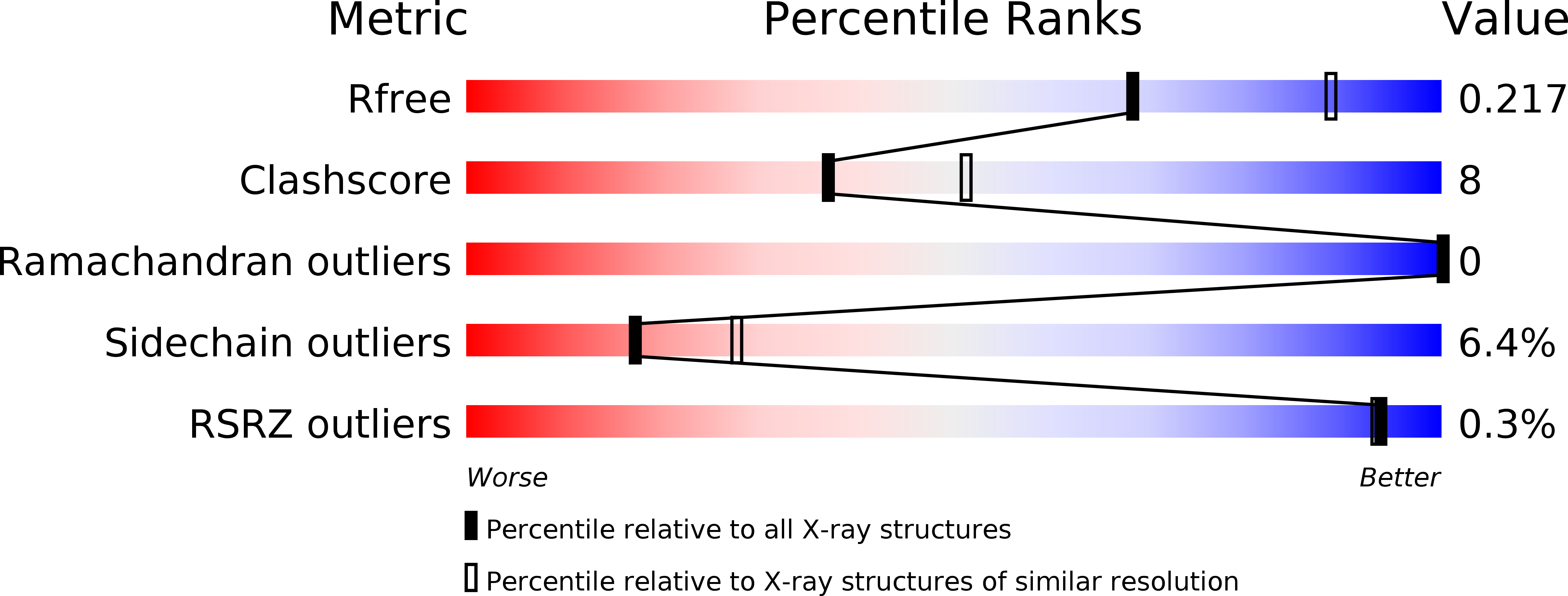
Deposition Date
2008-09-01
Release Date
2009-01-20
Last Version Date
2024-03-13
Entry Detail
PDB ID:
2ZRW
Keywords:
Title:
Crystal structure of Sulfolobus shibatae isopentenyl diphosphate isomerase in complex with FMN and IPP.
Biological Source:
Source Organism:
Sulfolobus shibatae (Taxon ID: 2286)
Host Organism:
Method Details:
Experimental Method:
Resolution:
2.40 Å
R-Value Free:
0.21
R-Value Work:
0.18
R-Value Observed:
0.18
Space Group:
P 43 21 2


